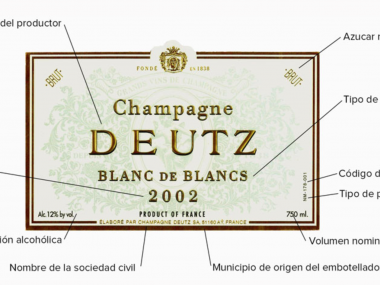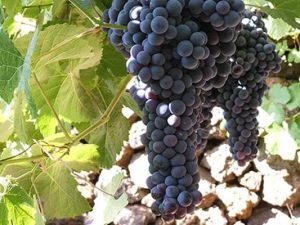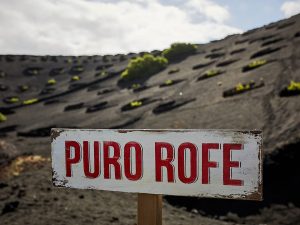Have you noticed sediment in wines? Maybe at the bottom of your glass or bottle you have managed to see particles, and you thought that it was a poor quality or badly preserved wine. I must tell you that this is not necessarily the case.
It is the presence of sediment in the wine, which, although some wine drinkers may find unsightly, and even be surprised to see these particles, it is not something that should alarm you.
What is important is that you know why they form and why you should not discard wine if they are present.
What are wine lees?
First of all, we must point out that the presence of wine lees is not related to the quality of the beverage or to the way the bottle is stored; in fact, it has to do with the production process.
These are deposits of inert yeasts and other residues, which come from the grapes, and which, when they are taken to ferment and age in the barrels, they lodge at the bottom of the barrel.
When the wine is bottled, in general, these sediments are not transferred to the bottle. However, there are some wines that retain part of these particles because, when aged on the lees, they adopt particular aromas, textures and flavours.
In the production of white or rosé wines, this type of ageing is very common. What results are obtained by adopting this type of ageing in wines?
Ageing on lees is a process that gives the wines more volume and silkiness, as it contains many of the grape’s own yeasts, which help the fermentation process to take place spontaneously.
In addition, this type of ageing brings very particular aromas to the wine, such as bakery, for example, which is one of the most enjoyed by wine tasters, without leaving aside the creaminess in its texture.
Ageing on lees is widely used in the production of natural sparkling wines, and it is also these wines that tend to accumulate the most sediment in the neck of the bottle.
Clarification and filtration
However, the presence of sediment in the wine is not only due to the ageing techniques, but is also a sign that the fining and filtration process has been less aggressive than in other wines. Winemakers are very careful in directing this process, as it is a determining phase in the personality and texture that characterises this beverage.
In what types of wine is it common to find lees?
The presence of lees is very common in wines that have been aged for a long time, but especially in white and rosé wines. However, they have also been found in some types of red wines.
Why do we find lees in high-end wines?
Winemakers have well-defined objectives when it comes to premium wines, however, one of the most important is to find the maximum personality in each bottle. This is the reason why they strive to ensure that the grapes are of the highest quality, and that all their qualities are brought out. But it is also important to take into account the treatment of the fruit in order to obtain the best flavour.
One of these processes is linked to clarification and filtration, the aim of which is to separate the natural sediments from the juice, but which in turn can be the reason why the personality of the wine is lost. This is why the control and prudence that only an oenologist can have is fundamental.
However, there are wines that, with the passing of the years and the evolution of the wine, give way to the formation of molecules that are deposited at the bottom of the bottle. These are sediments that can be defined as neutral as they do not alter the aroma or taste of the wine.
So, despite being clarified, there are high-class wines that may have sediment at the bottom of the bottle.
What is another name for wine lees?
Winemakers also often refer to lees as sludge, crystalline, sediment, tartar and lees. Some even call it the dregs of wine. However, they all define the solid components that lodge at the bottom of the wine, during the ageing process.
Is wine with sediment a negative element?
No, the presence of sediment in the wine does not indicate that it is of poor quality, it is only a natural consequence of the oxidation, fermentation and ageing process of some types of wine.
In fact, it is often an indication that the winemaking process has maintained artisanal techniques, respecting the fining and filtering processes, and that, with this, the texture and personality that characterises the wine is maintained.
Should I reject a wine that has lees?
Of course not, especially if there is no other indication that the wine is in poor condition or that its taste or aroma has been altered. However, be sure to consult the label, which may warn of the presence of sediment in the wine.
The important thing is that, if there is sediment in the bottle, it should be treated delicately and left to settle for at least two hours before serving. You can also decant it into a glass decanter and stop the process when the wine begins to feel cloudy. In this way, you can leave the lees at the bottom of the bottle.
For some, the lees denote body and unique flavour
Some people dislike the presence of lees in wine, but many wine tasters consider it an exclusive feature, as it gives the drink a very particular taste, aroma and texture.
Tasting a wine with lees is a personal decision that depends on the tastes of the person who enjoys it, however, you should not worry about the presence of these, as it is due to a natural process in the fermentation and ageing phase.






